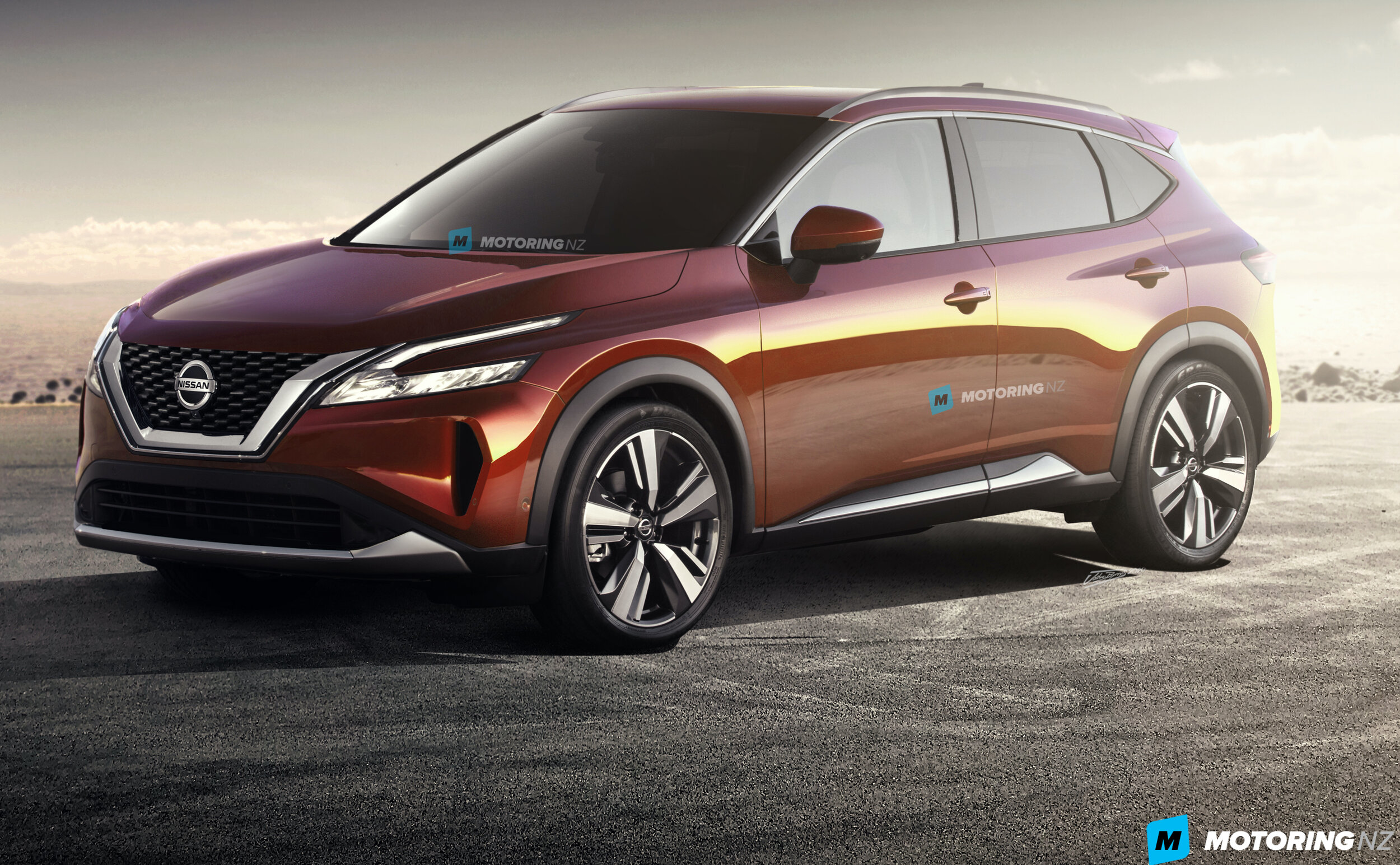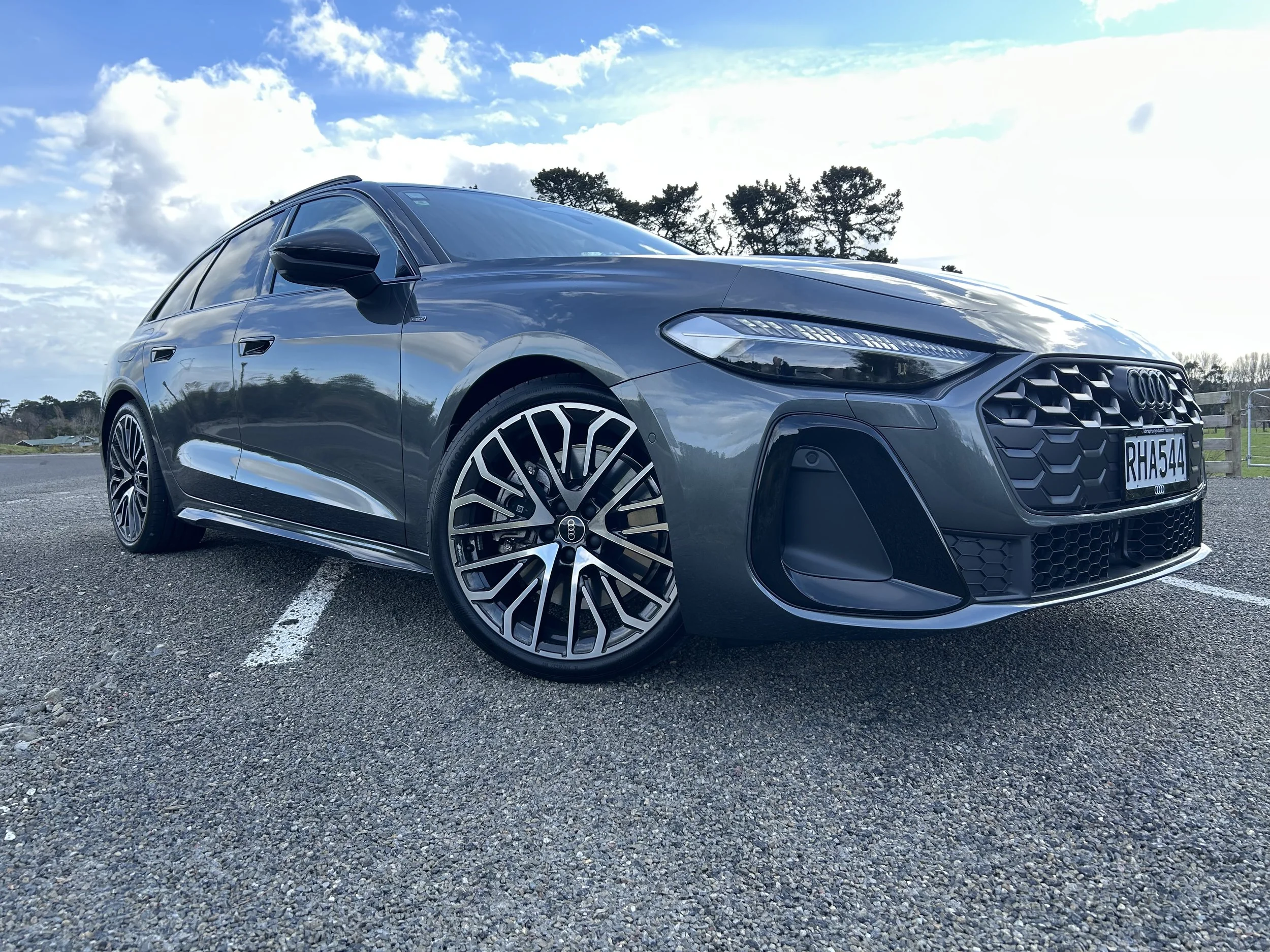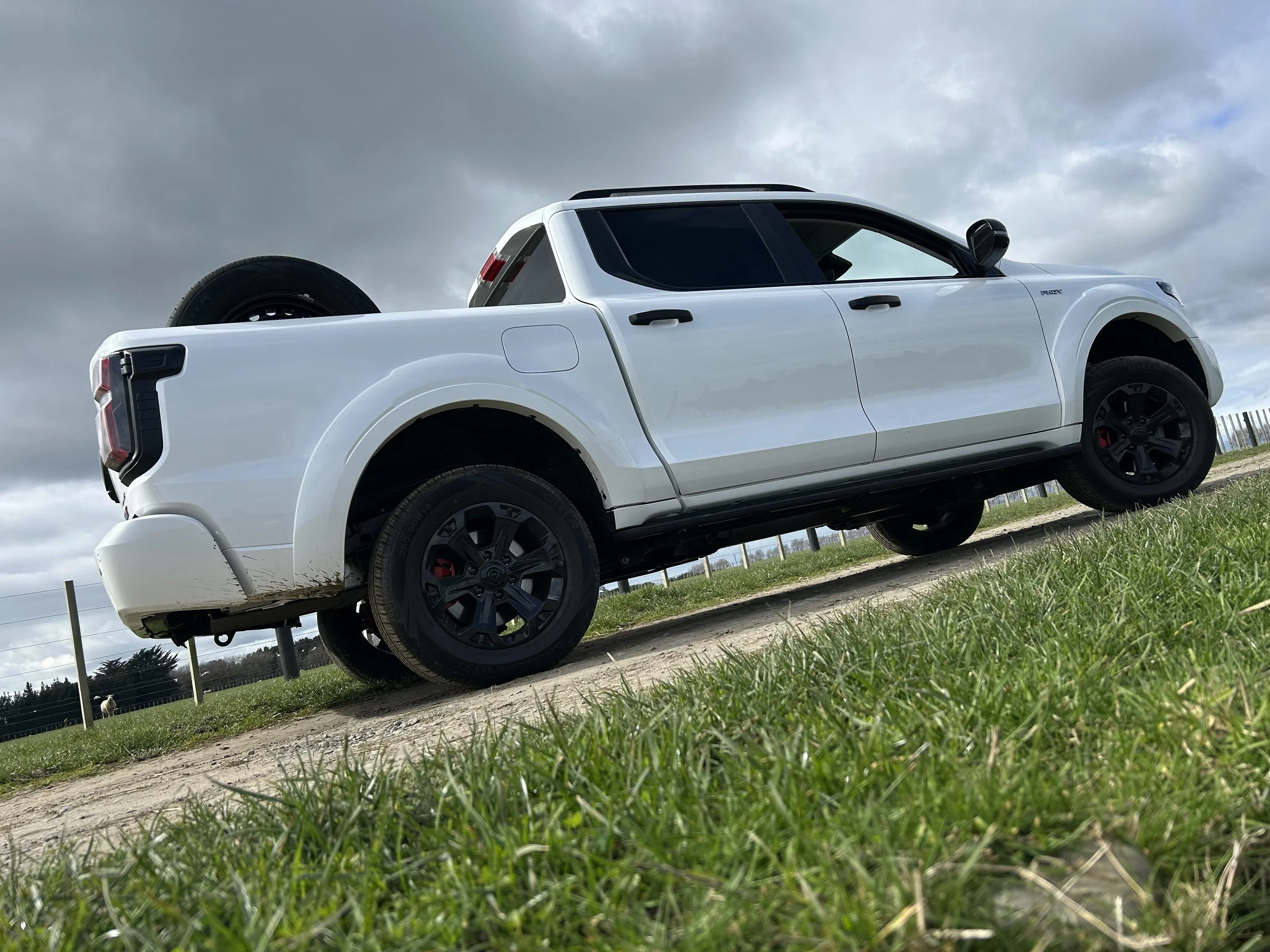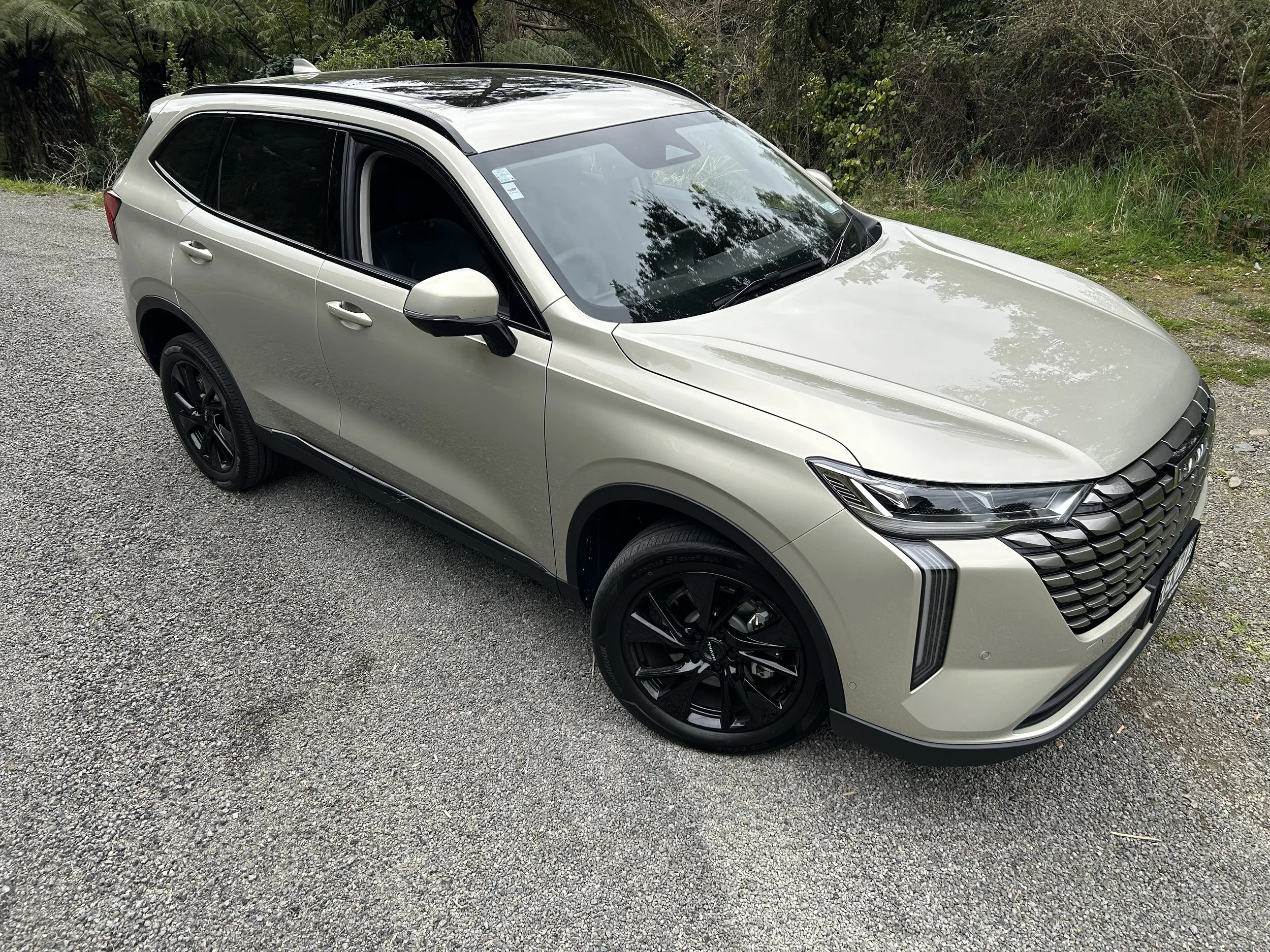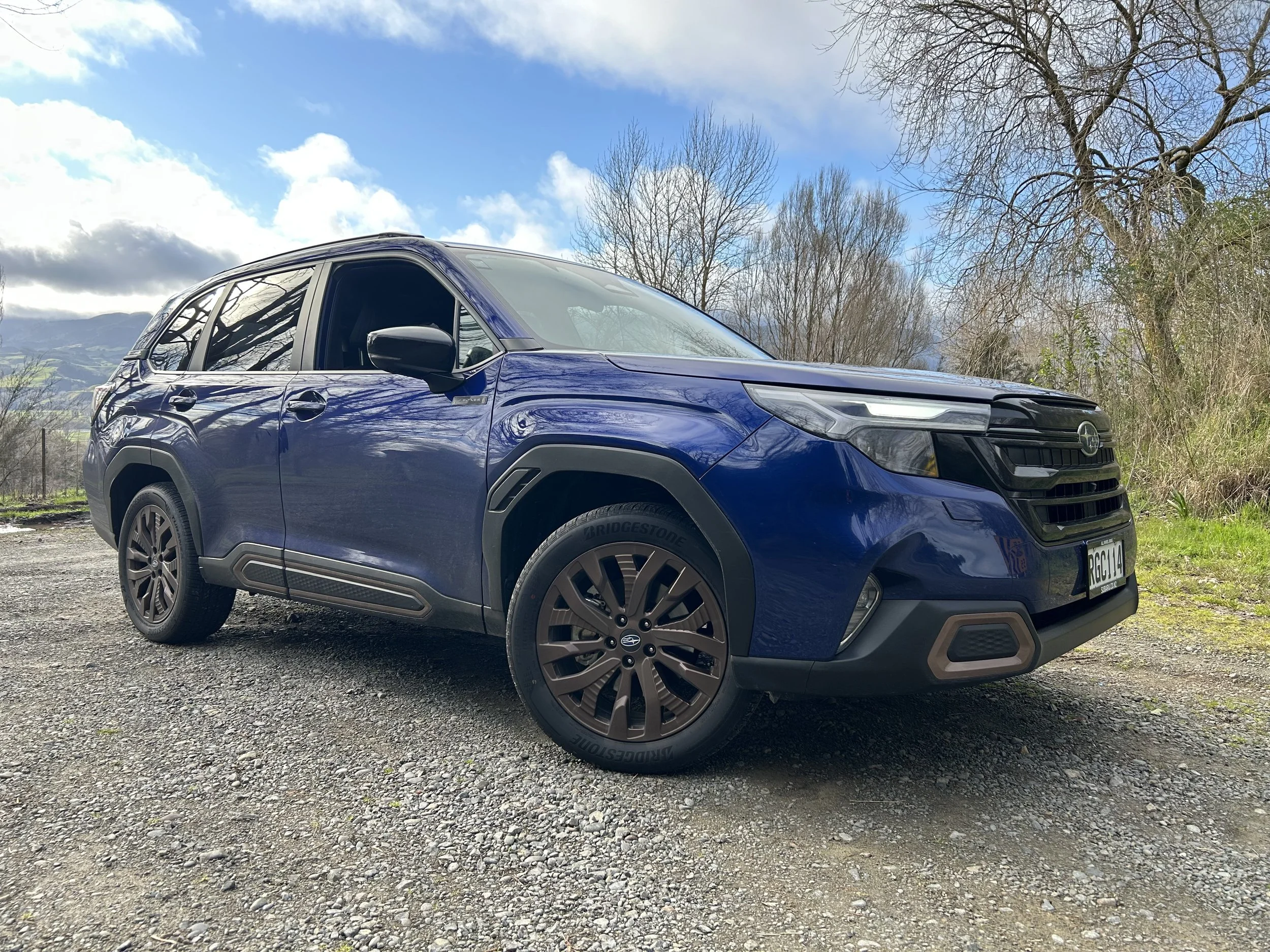New Qashqai’s sharper street strength
/Development of this key crossover has reached the point where prototypes are being spotted in public – but how soon before it reaches sale?
IMAGE: Josh Byrnes
RECENT sightings of relatively lightly disguised examples undergoing testing in Europe have delivered opportunity to create a photorealistic render of how the next generation Nissan Qashqai will eventually represent in the showroom.
But when might that be?
The current iteration is nearing retirement; it dates back to 2013 and has been plodding along in the New Zealand market for the past couple of years, achieving 2590 examples last year and 1190 this year, as at end of August. Not a bad run, if also not enough to snatch the spotlight from from more popular crossovers.
With prototypes buzzing around in development – those here being spotted in Spain – might suggest the replacement is almost ready to go; certainly, a 2021 release has been the speculation for some time.
However, just a couple of weeks ago, the story seemed to change, with reputable news sources Britain’s Autocar magazine and the Financial Times newspaper saying it now it seems more possible the car will not be hitting the world’s roads until mid-2021.
If that’s true, then it’s not great news for Kiwis. We’re generally six to eight months behind primary markets so, conceivably, it could be a 2022 car for us. Keeping relevant in the interim will be a big ask of the current model.
According to the FT, this delay is largely due to the fallout from the coronavirus pandemic, which has hindered development and changed the company’s priorities. The delay could also give Nissan more time to figure out what to do in case Britain doesn’t secure a post-Brexit deal with the European Union.
Current Qashqai accounts for two thirds of the 500,000 cars produced annually by Nissan at its giant factory in Sunderland, the United Kingdom, the birth place of the Juke crossover that is just starting to filter into NZ, albeit at low volume thanks also to Covid disruption.
So what do we know about the new Qashqai? The picture is far from complete, yet enough has come from Nissan to indicate the car will continue to use the Renault-Nissan-Mitsubishi Alliance’s CMF platform, which is also used for the Renault Kadjar and the larger Nissan X-Trail.
The current line operates a 106kW/200Nm 2.0-litre naturally aspirated four-cylinder petrol engine, which drives the front wheels only via a continuously variable transmission.
Same for the new? It’s a good question. It’s hard to imagine the line not continuing with at least one wholly fossil fuel-fed choice, simply to achieve a good price placement, but it’s also equally likely range of electrified powertrains will also feature.
A 48V mild-hybrid option seems likely and there’s been lots of talk about it achieving a plug-in hybrid powertrain based on that of the Mitsubishi Outlander PHEV.
It is unlikely, however, that the new Qashqai will be offered in electric form, with Nissan having now brought out the Ariya, a bespoke electric SUV on the Alliance’s new CMF-EV platform.
However, it clearly sorely needs more battery-involved product to keep in tune with changing global demand and also to support its sole offer, the Leaf, whose progress in New Zealand in brand-new form has been utterly wrecked by the influx of used import cars, often with older technology.
When revealing Ariya in May, Nissan suggested it will expand cooperation with Mitsubishi for plug-in hybrids in Asia and Renault for EVs in Europe.
Japan’s Yoiuri Shimbun newspaper has also reported month that Nissan, Renault, and Mitsubishi Motors plan to strengthen their alliance by jointly developing electric vehicles. The three-company alliance will increase the number of models to be launched through joint development. By 2023, the alliance would create a range of electric vehicles, including subcompacts, small cars and SUVs of various sizes.
For its part, Mitsubishi is also to focus on plug-in hybrids and its one-tonne ute, the Triton, under the new business plan.
As for what we may expect from a visual standpoint? Well, continuing with an established platform means proportions to its predecessor, but as the render shows, it will also adopt Nissan’s latest design language, meaning a more angular aesthetic, as seen on the latest Juke.
The Byrnes’ look delivers plenty of exterior highlights - boomerang-style LED headlamps that flank an angular interpretation of Nissan’s “V-Motion” corporate grille, crisp front and rear haunches and a shapely back end with chiselled LED tail lamps and trapezoidal tailgate pressings.
Perhaps the biggest (and most needed) change arrives in the form of a thoroughly redesigned interior, with an emphasis on improved materials and user interface experience. Whilst exact features and specifications won’t be known until closer to launch, the redesigned X-Trail and the new Juke surely serve as useful guides?
Items likely to filter down from the new X-Trail include a customisable digital instrument cluster, heads-up display, 9.0-inch tablet-style touch screen display with wireless Apple CarPlay, surround view monitor and wireless charging.
Nissan’s enhanced ProPilot assist might well arrive, if just the top end edition, bringing adaptive cruise control and improved lane-keeping abilities which use navigation-based data to pre-emptively reduce speed for motorway curves and junctions. It’s a level of driver-assist functionality often only found in the luxury sector.
Additional reporting Richard Bosselman


